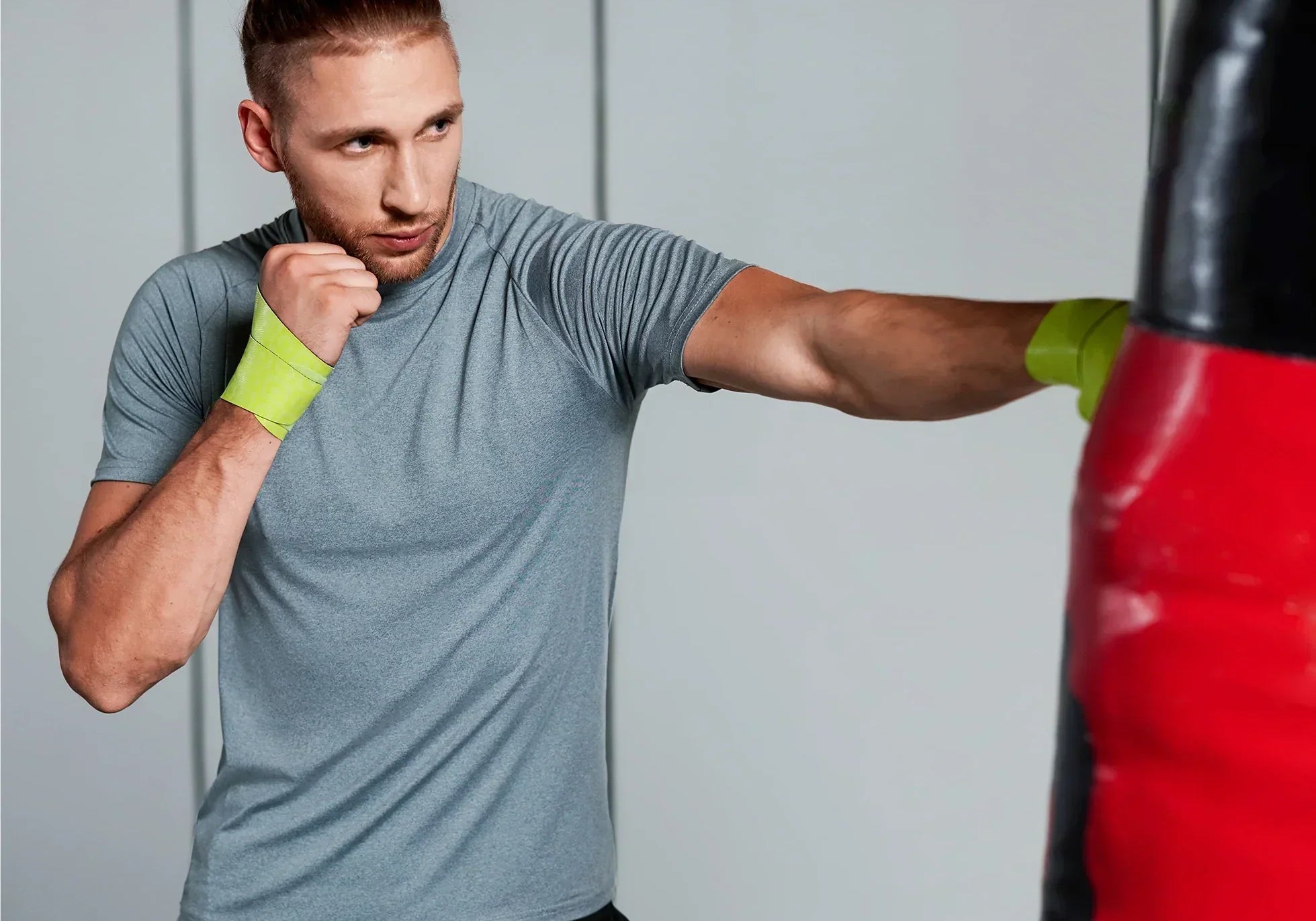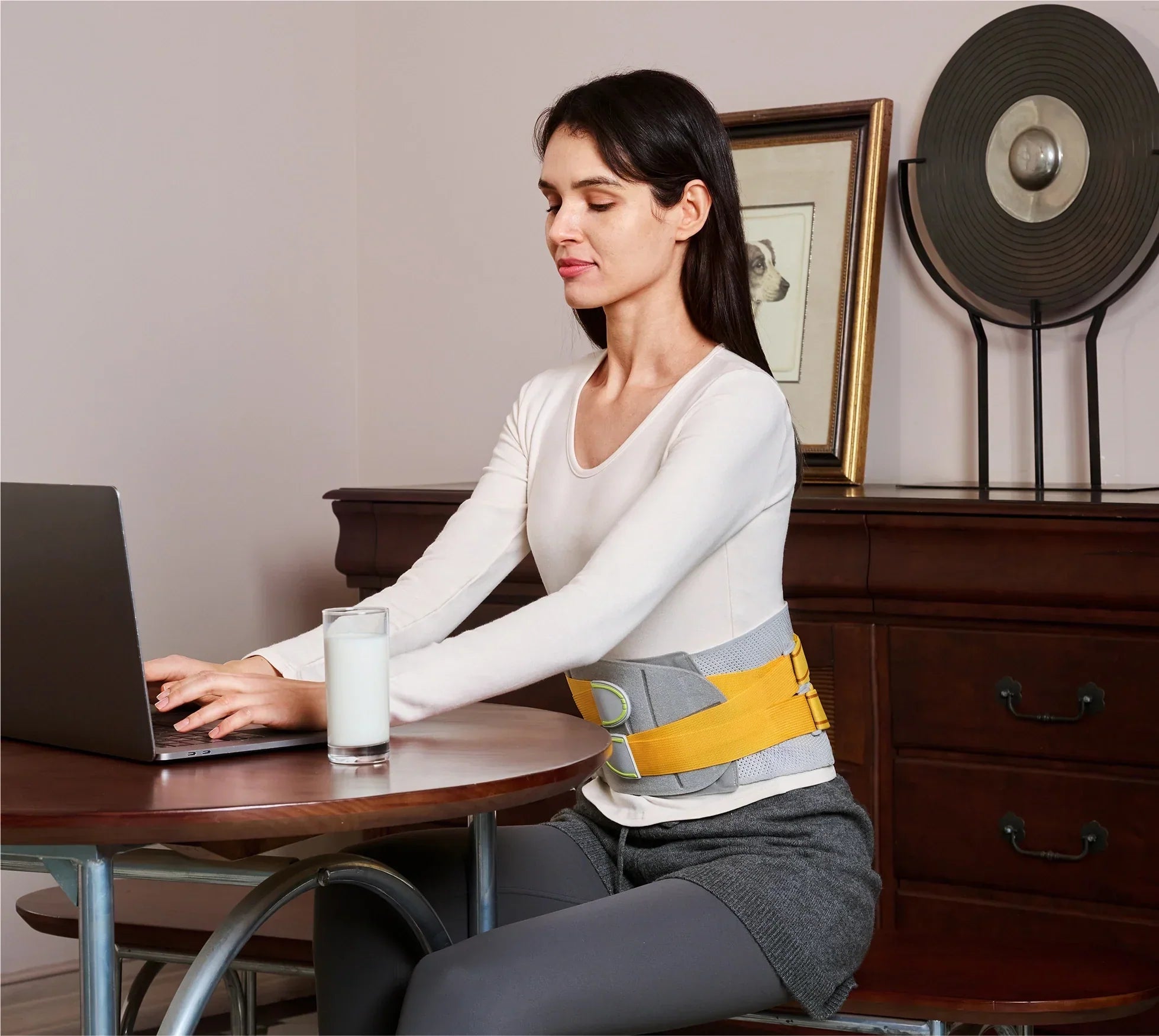“I just started working out—do I need braces or supports?”
This is one of the most common questions from beginners.
Walk into any gym and you'll likely see experienced lifters wearing knee sleeves, wrist wraps, or weightlifting belts. But as a newbie, do you really need all that gear—or is it just psychological comfort?
In fact, studies show that improper use of braces increases injury risk by 23%.
This guide, grounded in sports medicine and biomechanics, will help you figure out:
✅ Who actually needs braces and supports?
✅ How to avoid overreliance on them?
✅ What gear should beginners consider?
What Are Braces and Supports? – Understanding the Purpose of Sports Gear
Medical Classifications:
-
Compression Type
-
Function: Enhances proprioception (body awareness)
-
Commonly Used For: Wrists, ankles
-

-
Support Type
-
Function: Restricts range of motion to stabilize joints
-
Commonly Used For: Knees, lower back
-

-
Rigid Protection Type
-
Function: Shields against external impact
-
Commonly Used For: Weightlifting belts, contact sports gear (e.g., football)
-

Common Types of Braces and Their Benefits
-
Knee Sleeves: Provide compression and support to the knee joint. During exercises like squats and lunges, the knees undergo heavy stress. Knee sleeves help align the joint, reduce friction between the kneecap and femur, and boost blood flow for better recovery and injury prevention.
-
Wrist Wraps: Add stability during exercises like bench presses or pull-ups where wrists bear significant load and extreme angles. They help prevent hyperextension and reduce the risk of sprains or strains.
-
Weightlifting Belts: Worn around the waist during lifting, these belts increase intra-abdominal pressure, stabilize the spine, and help reduce the risk of lower back injuries.
Do Beginners Really Need Braces? – 5 Guidelines to Help You Decide
Not everyone needs them. It depends on your training intensity, type of movement, and physical condition.
You likely DON’T need braces if:
❌ You’re doing bodyweight workouts (e.g., push-ups, air squats)
❌ Your training is low-intensity cardio (e.g., walking, elliptical)
❌ You have no history of joint injuries
You MAY benefit from braces if:
→ Your training intensity reaches a challenging level
→ You have old injuries or instability issues
→ You struggle with control or form during movements
✓ Start with supportive gear for safety
✓ Simultaneously work on corrective training and form

A Beginner’s Buying Guide
-
Know Your Priorities
Start with the basics. During your first 0–6 months of training, focus only on three essential items: knee sleeves, wrist wraps, and (if needed) a belt. -
Buy in This Order:
Functionality > Fit > Breathability > Looks -
Key Buying Criteria
-
Material: Affects support, durability, comfort, and breathability
-
Sizing: Measure your joints accurately, aim for less than ±5% deviation for optimal fit and protection
-
Certifications: Look for CE, FDA, or other safety certifications to ensure quality and performance
-
Price: Don’t equate price with effectiveness. Mid-range gear is more than enough for beginners
-
-
The Golden Rule: Try Before You Buy
Before committing, test the gear.-
Make sure it doesn’t limit your full range of motion
-
Wear it for 30 minutes to check for numbness or discomfort
-
Perform jumping or high-impact moves to ensure it stays in place
-
Final Thoughts
Braces and supports can enhance a beginner’s workout experience—but they’re not a one-size-fits-all solution.
Before investing, evaluate your training style, intensity, and physical needs. By making smart, informed decisions and prioritizing fit and quality, you’ll set a strong, safe foundation for your fitness journey.






